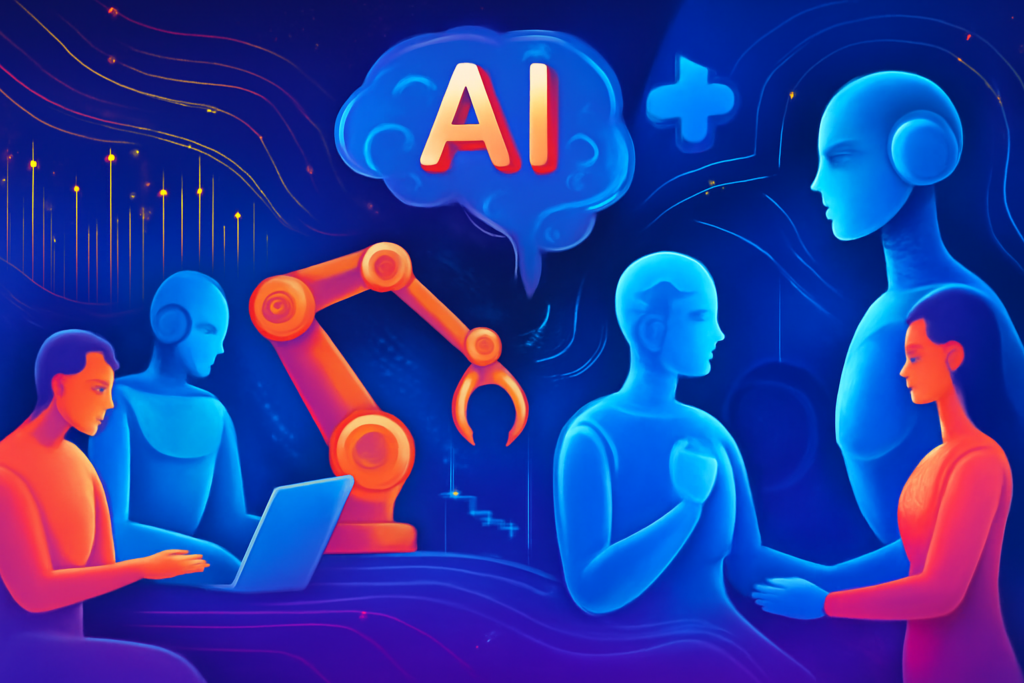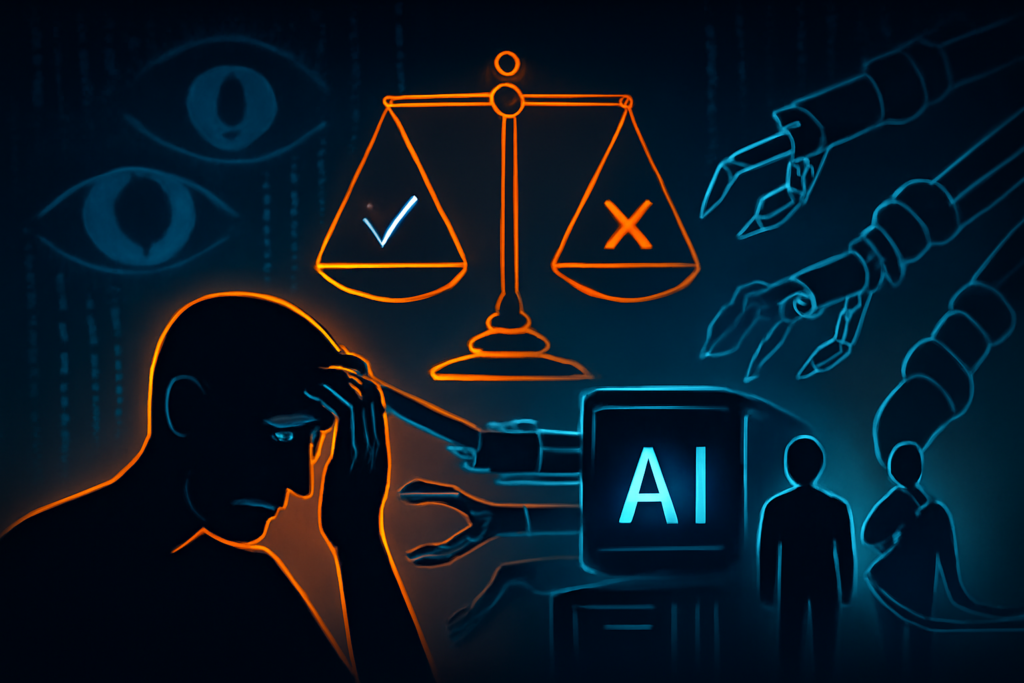Introduction
Artificial Intelligence (AI) has emerged as one of the most transformative technological
advancements of the 21st century. Its applications span across varied domains such as
healthcare, education, finance, manufacturing, and customer service. While AI contributes
significantly toward efficiency and innovation, it also presents notable challenges. This essay
seeks to examine both the advantages and disadvantages of AI in a structured manner.
Advantages of Artificial Intelligence

Automation of Routine Tasks
One of the most significant advantages of AI lies in its ability to automate repetitive and routine
tasks. This not only reduces manual labor but also enhances efficiency, enabling human workers
to focus on more complex and strategic responsibilities.
Improved Decision-Making
AI systems excel in analyzing vast datasets within a short time. By identifying patterns and
trends beyond human perception, AI assists organizations in making data-driven and accurate
decisions. Such capabilities prove particularly valuable in domains such as finance, business
forecasting, and risk assessment.
Advancements in Healthcare
In the medical sector, AI contributes to early disease detection, diagnostic imaging, and
treatment planning. AI-powered systems also play a crucial role in drug discovery and in
developing personalized treatment methods tailored to individual patient needs, thereby
improving overall healthcare outcomes.
Continuous Availability
Unlike human workers, AI-based systems can function continuously without breaks. This ensures
uninterrupted operations in sectors such as e-commerce, transportation, and banking.
Additionally, AI-driven chatbots and virtual assistants provide round-the-clock customer
support.
Long-Term Cost Reduction
Although the initial investment for AI development may be substantial, the long-term operational
costs are often reduced. AI minimizes the likelihood of errors, optimizes resource usage, and
enhances workflow management, leading to financial benefits in the long run.
Enhanced Safety in Risk-Prone Environments
AI-powered machines, such as robots and drones, can operate in hazardous conditions that may
pose risks to human safety. This includes sectors like deep-sea exploration, space missions, and
disaster management. Thus, AI contributes toward safeguarding human lives in dangerous work
environments.
Disadvantages of Artificial Intelligence

High Development and Maintenance Costs
AI models demand advanced computational infrastructure and significant financial investment.
Training deep learning systems requires high-performance hardware, and their ongoing
maintenance, updates, and training incur substantial costs.
Job Displacement Concerns
Automation powered by AI has raised concerns regarding unemployment, especially in
industries reliant on repetitive tasks. While AI creates opportunities for upskilling, many workers
may face challenges in adapting to the changing job market.
Absence of Human Creativity and Emotions
AI systems, although highly efficient, lack intuitive judgment, creativity, and emotional
intelligence. Unlike humans, they are unable to exhibit empathy or generate original thought
beyond pre-programmed frameworks. This limits their application in areas requiring human
emotional connection.
Ethical and Social Challenges
AI’s rapid advancement raises ethical concerns such as bias in decision-making, misuse in
surveillance, and development of autonomous weapons. Decisions based on biased training
datasets can lead to unfair outcomes in critical areas like recruitment or financial lending.
Overdependence on Technology
Excessive reliance on AI may eventually reduce human critical thinking and problem-solving
abilities. Dependence on systems for basic decision-making can make societies vulnerable in
cases where technology fails or malfunctions.
Privacy and Security Threats
AI requires large volumes of user data to function effectively, thereby raising concerns regarding
data privacy. Inadequate protection measures increase the risk of cyberattacks, identity theft,
and misuse of personal information.
Conclusion
Artificial Intelligence presents immense opportunities for innovation and societal development.
Its applications in healthcare, automation, and decision-making demonstrate its transformative
potential. However, the risks—such as job displacement, ethical concerns, and privacy violations
—cannot be ignored. The future of AI, therefore, should be guided by responsible
implementation, strong ethical frameworks, and continuous human oversight to ensure that its
benefits outweigh its drawbacks.

